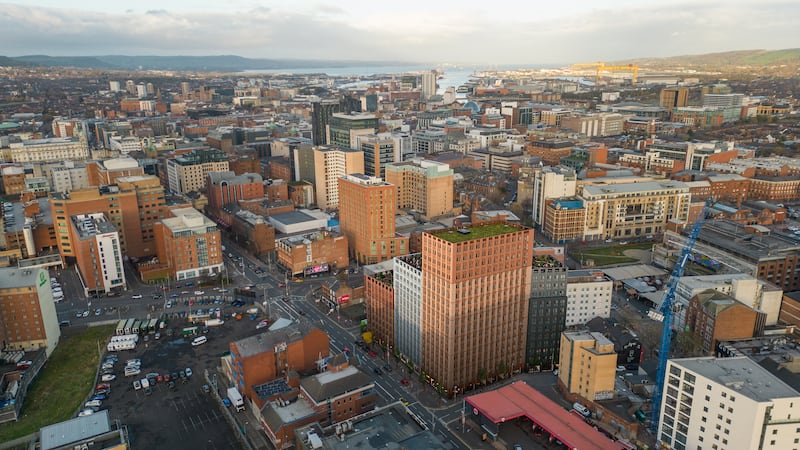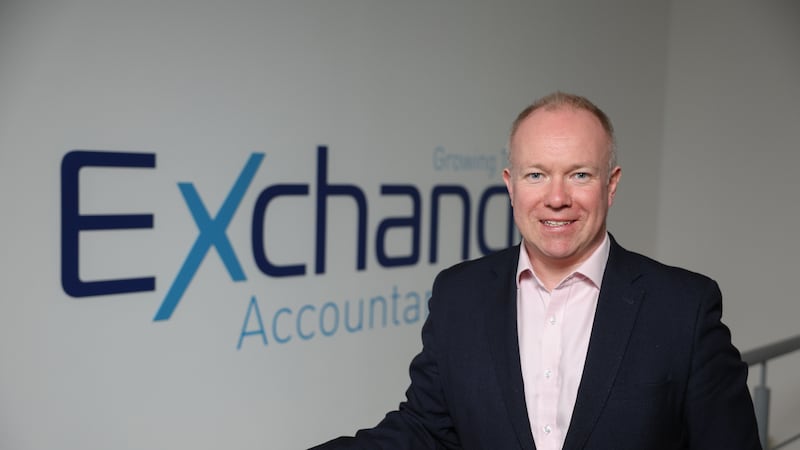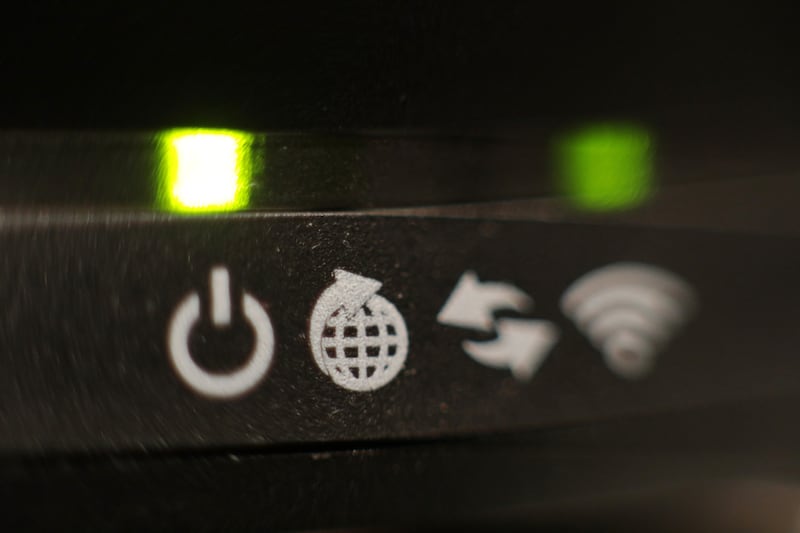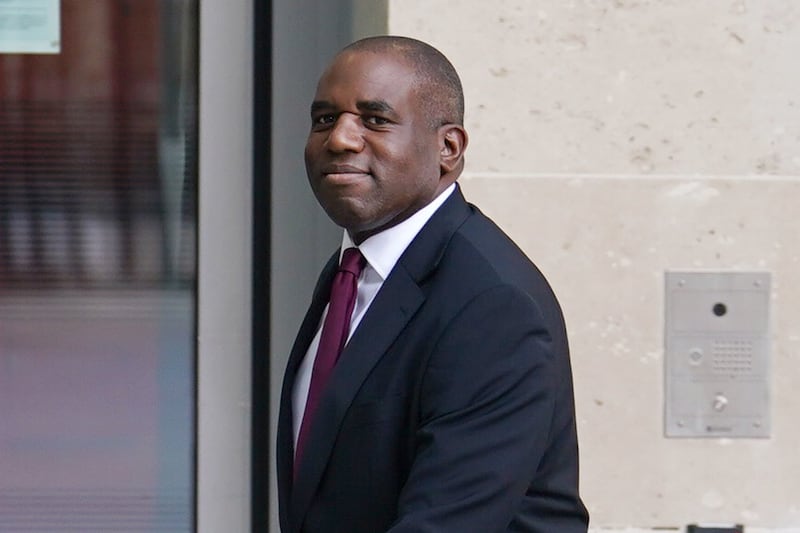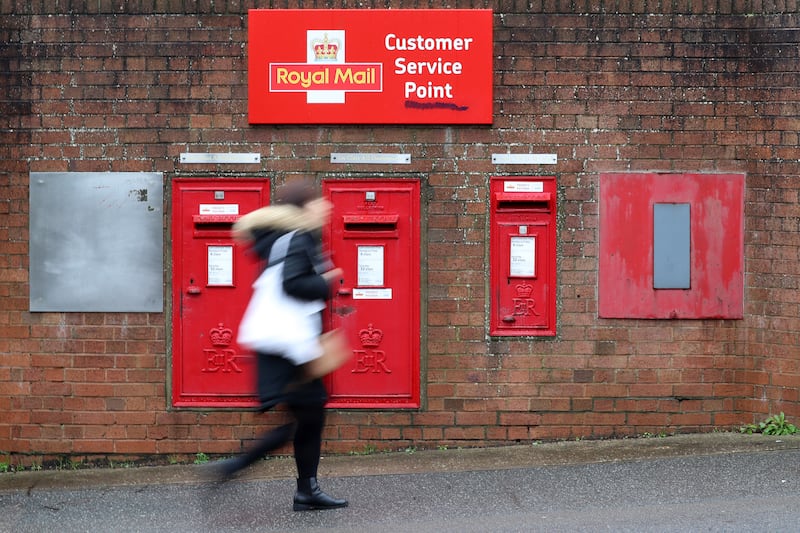MORE than half a million homes in Northern Ireland (539,000) now have access to full-fibre broadband connections - 116,000 more than last year - according to Ofcom.
It means 71 per cent of all homes are locked into high-speed connections, which eclipses every other UK region, where just over one in four homes are connected.
As a result of significant private and publicly-funded investment over the last decade, properties in the north without access to reliable broadband has fallen to their lowest ever level.
But figures contained in Ofcom’s annual Northern Ireland Connected Nations report point to at least 45,000 homes which still don’t have decent broadband from a fixed line.
That, it is anticipated, will be rectified in the coming years through the £165 million Project Stratum initiative funded by the Department for the Economy, which has targeted 80,000 mainly rural premises that still can’t get superfast speeds.
Full-fibre isn't just important for domestic usage (for example, families with full-fibre services can download Christmas film favourite Elf in high-definition in mere seconds, compared with around 25 minutes for those with 30 Mbit/s broadband), but also for the tens of thousands of people still working from home during the pandemic and those who are studying at home.
Ofcom revealed that average monthly data use in Northern Ireland grew to 455 GB per connection - more than treble what it was five years ago (132GB).
The rise in full fibre usage is especially evident in a number of mainly rural council areas in the north, where coverage had previously been low.
In Newry Mourne and Down, full fibre coverage now extends to 71 per cent of residential premises, double that of a year ago (35 per cent), while in Causeway Coast and Glens it has risen to 66 per cent from 42 per cent a year ago.
Urban areas such as Belfast, Ards and North Down, and Lisburn and Castlereagh have also seen impressive increases in full fibre coverage over the last year according to Ofcom, which says it expects coverage in all council areas to continue upwards on the back of Project Stratum and ongoing commercially led investments.
Jonathan Rose, director Ofcom Northern Ireland, said: “It’s hugely encouraging to see Northern Ireland performing so well on the availability of full-fibre broadband.
“This technology is crucial in supporting our economy, especially at a time and when more and more of us are working from home.
“It’s especially welcome to see more rural areas having access to faster broadband services, a trend that will accelerate over the next few years as the Executive’s Project Stratum programme gathers pace.”
For the first time the Ofcom report also looked at 5G coverage data and estimated that the service is available from at least one mobile network operator in the vicinity of 22 to 31 per cent of properties in Northern Ireland.
Across the UK, take-up of 5G-enabled handsets has increased from just 800,000 last year to more than six million in 2021.

